 Disappointment and fear continues for the people of Sileia (Panos)
Disappointment and fear continues for the people of Sileia (Panos)Sileia, West Darfur: April 24th. (NY Times) - The peacekeepers could do nothing to stop the huge Antonov aircraft flying over the tiny town of Sileia, close to Sudan’s border with Chad. They were too late to stop the Janjawid – the feared Arab militia, some on horseback and some in Toyota pickup trucks – sent in to do the Government’s dirty work, looting or destroying anything they couldn’t carry away. The first soldiers into Sileia, in fact, were Sudanese armed forces who arrived the next day to take control of the town. They painted over graffiti proclaiming support for one of the main rebel groups, the Justice and Equality Movement (JEM), and raised the Sudanese flag in the sandy central square. Now, the women say the soldiers are doing what soldiers do in times of war in towns where the men are away fighting. At night, single women bed down close to the house of the fursha – a tribal mayor – where they can be better protected. “Three days ago there were women sleeping who were woken by soldiers with guns in the middle of the night,” Mariam Ibrihim Adam, 58, said. “I don’t know what happened but there were men with women and then all the women ran to the fursha’s house for protection.” She won’t mention rape: the subject is taboo in this part of Sudan where life has changed little in centuries. Here raped women bring shame to their tribe.
Five years ago the people of Darfur could have told the above tale with little variation, except that the peacekeepers were from the African Union, a beleaguered and hybrid force of soldiers and police. On January 1 they were joined by United Nations personnel, which is supposed to swell to a 26,000-strong force eventually monitoring ceasefire violations and protect civilians and aid workers from attack. No one knows when the force will reach full strength. Contributing countries are struggling to meet their commitments; 2,000 troops have joined the 7,000-strong AU force to form the United Nations and African Union Mission in Darfur (Unamid). Most of the latter merely painted their green helmets blue and carried on as before. So the disappointment and fear continue for the people of Sileia, who live in a area of Darfur that has seen the worst fighting this year. “Now the UN cars are here, stood in front of us,” Adam Omar Mohammed, 88, a Sufi preacher, said, pointing to an armoured personnel carrier sharing shade with donkeys beneath a tree. “So we feel safe. But we want the UN to come here and stay here.” Rebels of the JEM seized a handful of towns last December and looked to be closing in on the regional capital, El Geneina. Then, in February, they were called back across the border to Chad, where their paymaster President Idriss Déby was under attack from Sudanese-backed rebels. They managed to defend his capital, Ndjamena, but Sudan used their absence to take back the “northern corridor” of towns including Sileia, Sirba and Abu Sirouj. Their tactics were eerily reminiscent of the early days: Antonovs first, followed by Janjawid and then government soldiers. They left behind a string of blackened towns. It was days before Unamid monitors arrived from their headquarters in El Geneina, where they had been besieged by aid workers demanding they intervene. “We feel disappointed,” Colonel Amgad Morsy, chief of staff for Unamid Sector West, said. “We don’t have the capability. It’s a weekly and daily dispute that refugees come and say their people are being harassed, their women are raped.”
Unamid has had some successes. It has resumed night patrols of the camps around El Geneina, arrested a handful of Janjawid raiders and now escorts women as they collect firewood – all activities that the morale-sapped AU force abandoned after becoming a target for rebels and government-backed militias alike. Unamid is planning to build a base for monitors in Sileia and is running long-range patrols across the territory to show locals that it is serious about their security. But the force only has 9,000 people to look after an area the size of France. They still lack the helicopters they need to get around rapidly and even the rations for long-distance patrols. Alun McDonald, a spokesman for Oxfam, said international pressure had focused on deploying a force without giving any thought to securing peace in Darfur.
— Figures for deaths in Darfur vary wildly. UN officials now estimate that the death toll from five years of conflict may be as high as 300,000 – revised from 200,000, the 2006 figure
— In 2005, the US State Department estimated the total number of deaths at between 60,000 and 160,000. They were accused of understating the scale of the killing dramatically
— Eric Reeves, a Sudan expert at Smith College in Massachusetts, puts the figure at 450,000


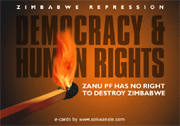
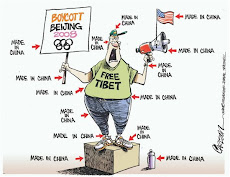
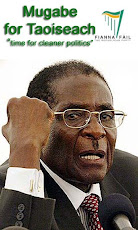












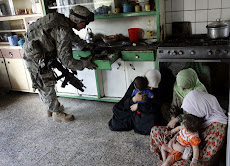






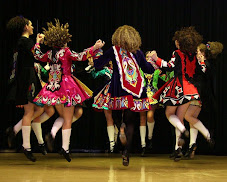
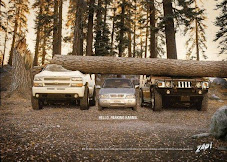















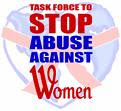










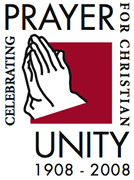
No comments:
Post a Comment